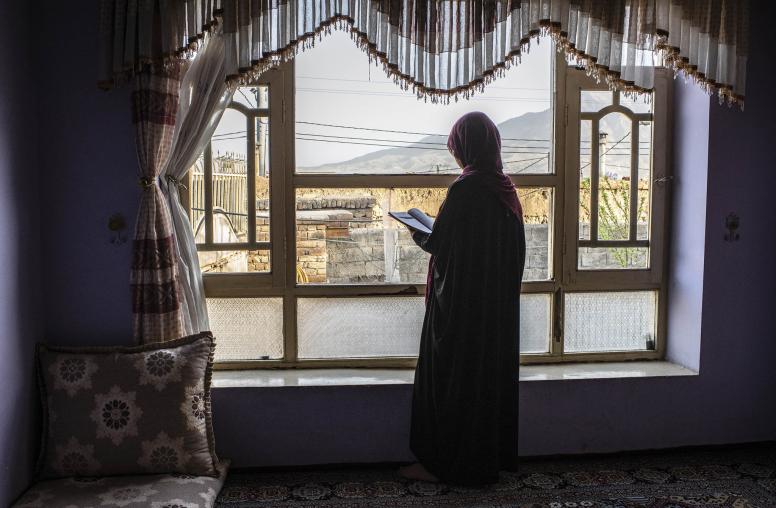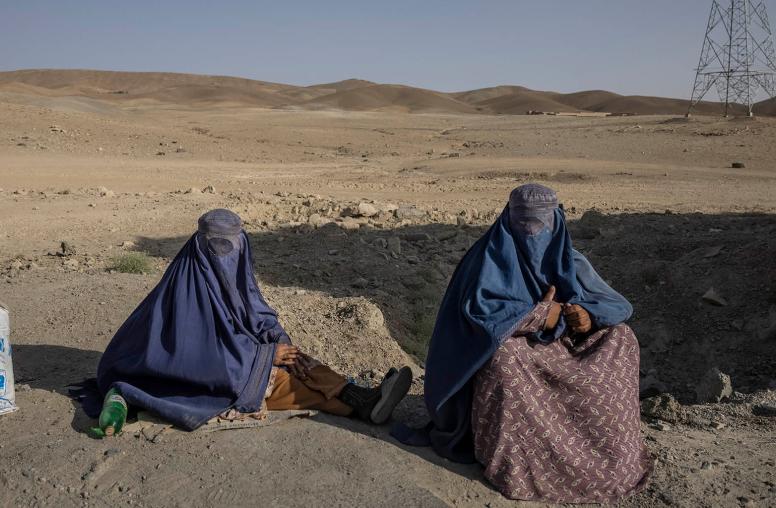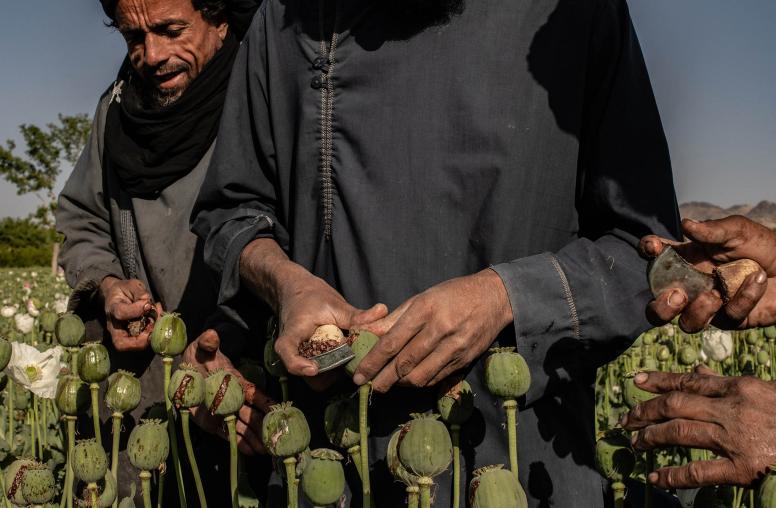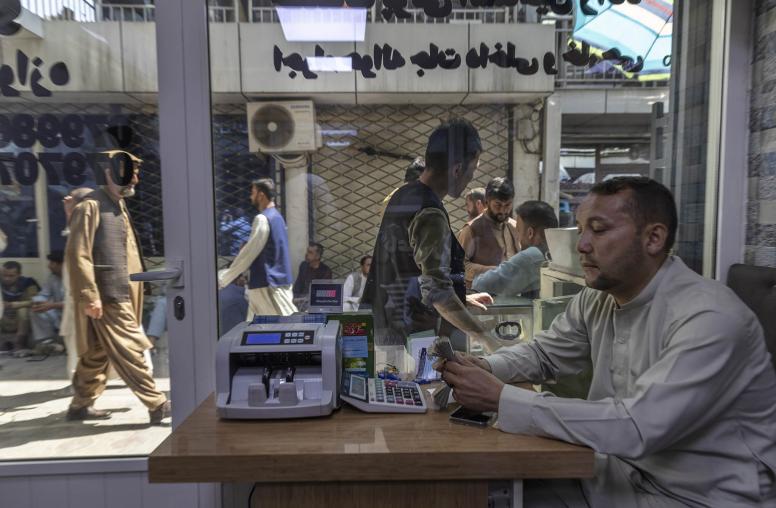During the year of “transition” in Afghanistan in 2014, attention was focused on whether or not the government would survive. The greatest threat was not Taliban violence but a possible breakdown of the elite consensus during the election and a return to civil war. The transition, however, has also forced the Taliban to react to new facts on the ground.
With developments in the past year, the militant group is forced to confront a mobilized electorate, a withdrawing international community and a new government. Three new USIP research papers by Michael Semple, Antonio Giustozzi and Silab Mangal, and Sean Kane, shed light on Taliban reactions to the transition.
“The Taliban may have entered a path that takes them closer to Afghan mainstream politics.”
Publicly, Taliban spokesmen continue to denounce the new national unity government and vow continued attacks against the Afghan state. Taliban attacks on Afghan security forces and civilians reached record levels in 2014, and show no immediate signs of waning. At the same time, Afghanistan’s conflict landscape is changing, with most international security forces withdrawing and the new government showing some signs of interest in renewing talks about peace talks.
Semple’s study focuses on how the Taliban justify their use of violence against the Afghan state. He notes that Taliban messaging repeatedly emphasizes the unifying leadership role of ‘amir,’ or supreme commander, Mullah Mohammad Omar.
Beyond this centralizing figurehead, Semple describes the Taliban leadership as cohesive but narrow. Top insurgent commanders form a close network through social ties developed through shared religious education or prison detention, as well as their fight for power in the 1990s.
These ties have afforded the Taliban a longevity and cohesion that is rare in the Afghan political context (although other accounts suggest that this cohesion has been strained by years of conflict). At the same time, the insularity has made it more difficult for the group’s leaders to recruit beyond their primary social base.
“Because their social base is so narrow, the Taliban’s attempts to regain power rest on a negation of pluralism, rejection of the idea of a popular mandate and assertion of the divine right vested in their Islamic emirate,” Semple writes. That limits the prospects for participation in the modern Afghan political system unless substantial shifts first occur within the Taliban movement.
Despite their apparent rejection of pluralistic politics, Taliban representatives have, in recent years, held tentative discussions with representatives of the international community and the Afghan government. Any real negotiation, however, will ultimately engender a significant debate over the basic structure of the Afghan government, which is the focus of Kane’s study.
Kane draws on cases from the Philippines, Myanmar/Burma and Colombia to show how other state-insurgency conflicts have attempted to resolve disputes over their respective constitutional frameworks in the course of a peace settlement. He analyzes the implications of a constitutional renegotiation in the Afghan context, noting major points of disagreement on the part of the Taliban.
“In the best case, the Afghan government could proactively use talks with the Taliban [over the constitution] to seize the political high ground by putting the armed movement in the position of having to justify some of its more out-of-date and unpopular positions on constitutional issues to other Afghans,” Kane argues The very act of engaging in a negotiations process, he suggests, might force the insurgency to reassess its refusal so far to engage in multi-party politics.
Giustozzi and Mangal suggest that the Taliban might have already begun such an engagement during the election. In a somewhat different analysis from Semple, they find evidence of a fractured movement, with apparent divisions in the run-up to the first round of the 2014 presidential election that deepened between by the second round. Splits emerged between various networks over whether to use violence to suppress participation in the election or instead engage strategically to prevent the election of candidates who were strongly opposed to the Taliban, the authors write.
Some Taliban commanders demonstrated greater pragmatism, balancing their use of violence with local-level acquiescence to the elections, and at some points actually encouraging residents to vote.
“The Taliban may have entered a path that takes them closer to Afghan mainstream politics, which for the most part is not derived from liberal and democratic principles but is instead a matter of strongmen, manipulation and corrupt patronage networks,” Giustozzi and Mangal write.
These reports collectively suggest that the Taliban have been participants of a sort in the Afghan political system, but only informally to date, and largely through violent means. The ability and willingness of the insurgency to shift its participation to non-violent, pluralistic political competition remain untested and uncertain at this stage.
But the prospect of Taliban engagement with and acceptance of the formal Afghan political system will have major implications for Afghanistan’s future, and should remain a continued focus of study and effort in the coming years.
Colin Cookman is a senior program specialist in USIP’s Center for South and Central Asia.



